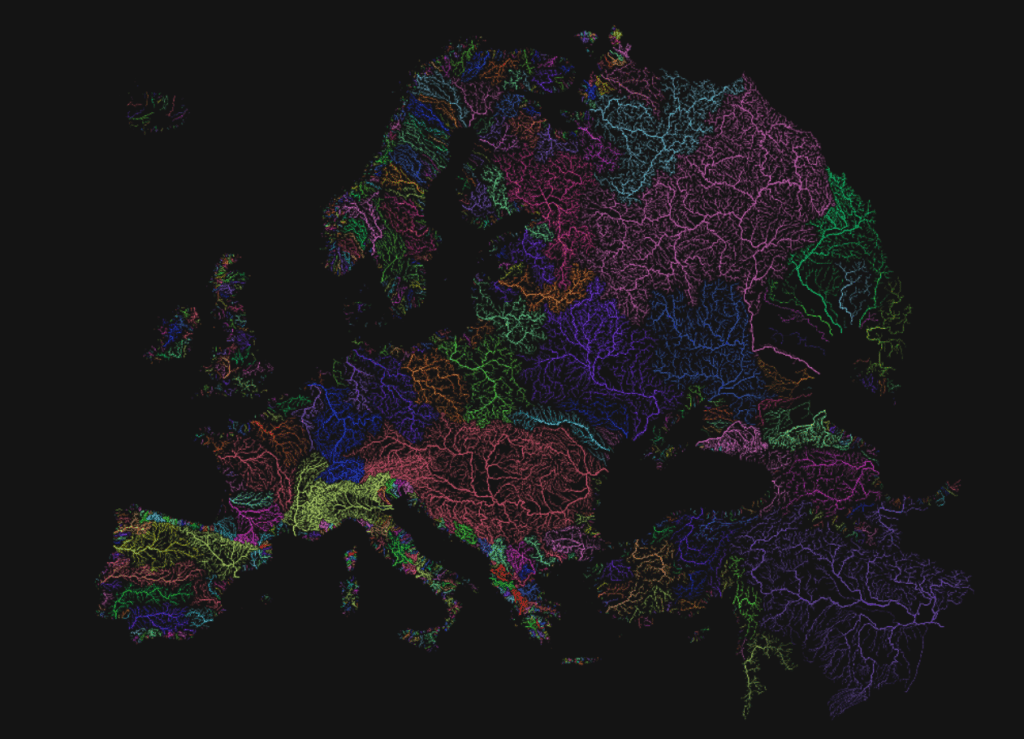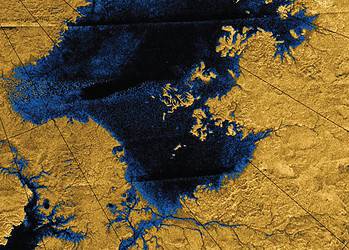
Free-flowing rivers are crucial harbingers and guardians of life. They not only provide humans with clean water for drinking, agriculture, and other economic activities, they also house around 40% of the world’s species of fish. However, Europe’s rivers have become increasingly constricted due to dams, as well as many smaller, less visible barriers that, nevertheless, have a great impact due to their numbers.
According to a new study that surveyed more than 2,700 kilometers of rivers in Europe, there are 1.2 million in-stream barriers across 36 European countries — 60% more than previously believed.
“People think about the impact of large dams but these are relatively uncommon. Most of the 1.2 million barriers that fragment Europe’s rivers are not large dams, but small structures that go unnoticed because they are hard to detect unless you go into the field and walk the rivers,” Carlos Garcia de Leaniz, a professor at the Department of Biosciences at Swansea University in the UK, told ZME Science.
Initially, Garcia de Leaniz and colleagues were interested in how river barriers were affecting salmon and other migratory fish. However, during their fieldwork, it soon became clear that river barriers represented a much bigger problem than authorities had estimated or cared to admit.
The team surveyed 147 rivers in 26 countries using barrier inventories from local authorities, as well their own data collected in the field, all of which took two years — a long time but given the sheer volume of work and the difficult challenges they faced, the researchers moved extremely fast.
“We harmonized 1,000 definitions of barriers in 120 different barrier databases written in 30 different languages. At times it seemed like an impossible task, of Babelian proportions. When we finally managed to piece everything together and could see the true extent of river fragmentation it felt like a Eureka moment. When we started the project four years earlier in 2016, we had done a back of the envelope calculation and had wondered if there might be 1 million barriers. We were not far off!” Garcia de Leaniz said.
Too small to be detected by satellites or Google maps, these seemingly harmless barriers — most of which were ramps and bed sills, weirs, and culverts — can be highly disruptive. Barriers as small as 20 cm in height can obstruct many species from crossing up and down the stream. Such barriers also disrupt the transport of sediment.
“We have to remind people that healthy rivers are flowing rivers. Better connected (flowing) rivers mean less risk of flooding, more resilient ecosystems, more water for multiple uses, and more habitat available for many species. Remember movement is nature’s universal response to adversity – if fish or other organisms cannot move because they are blocked by barriers they cannot use all the available habitat and they inevitably decline, and migratory fish have suffered the most,” Garcia de Leaniz said.
Most of these barriers are out of use, much to everyone’s frustration, meaning they not only harm the environment but also cost money.
In 2019, the 36-meter high Vezins Dam in France was removed, part of an initiative meant to free the Sélune River, and bring salmon, eels and other wildlife back to the river. Other old, obsolete dams have since been removed or are in the process of being eliminated.
This new study published in Nature shows that it’s not only dams that we need to worry about, but also less conspicuous barriers.
Under the EU’s Water Framework Directive (WFD), governments are required to take measures designed to restore rivers so they achieve “good ecological status” by 2027. Now that scientists have shown that river obstructions have been dramatically underestimated, it remains to be seen how WFD outcomes will be affected.
In the meantime, Garcia de Leaniz and colleagues are preparing a new project called BLUE RIVERS, which is meant to “draw attention to the need to reconnect and restore rivers globally.” With this in mind, they’ve developed a citizen science program and a Barrier Tracker app, which you’re all invited to participate in.
In conclusion, Garcia de Leaniz has nine points that he’d like people to bring home. River barriers and their effects are not confined to Europe, so these apply anywhere.
- Rivers rank among the most threatened ecosystems in the world, but also the most useful to society
- Healthy Rivers are Flowing Rivers
- Rivers are more than fish
- Fish are more than salmon
- Barriers are not just dams
- Large dams get most of the attention…small barriers do most of the damage
- Water abstraction is not just hydro
- Prevention is better than cure
- Not everyone is as averse to dams as we are…
Correction: an earlier version of this article stated that Vezins dam was located in Belgium. It is actually in France.






